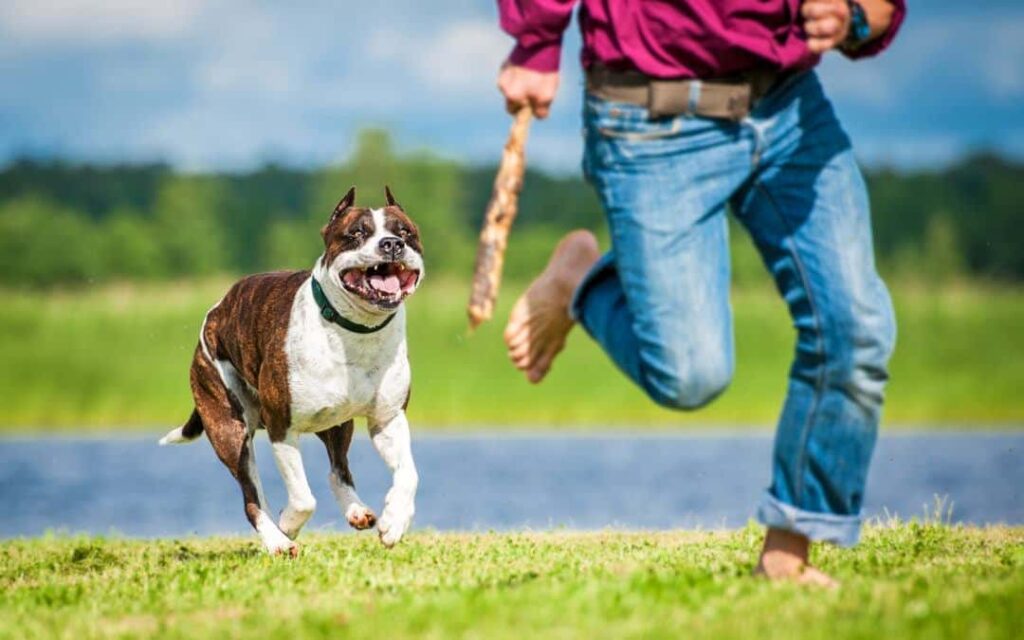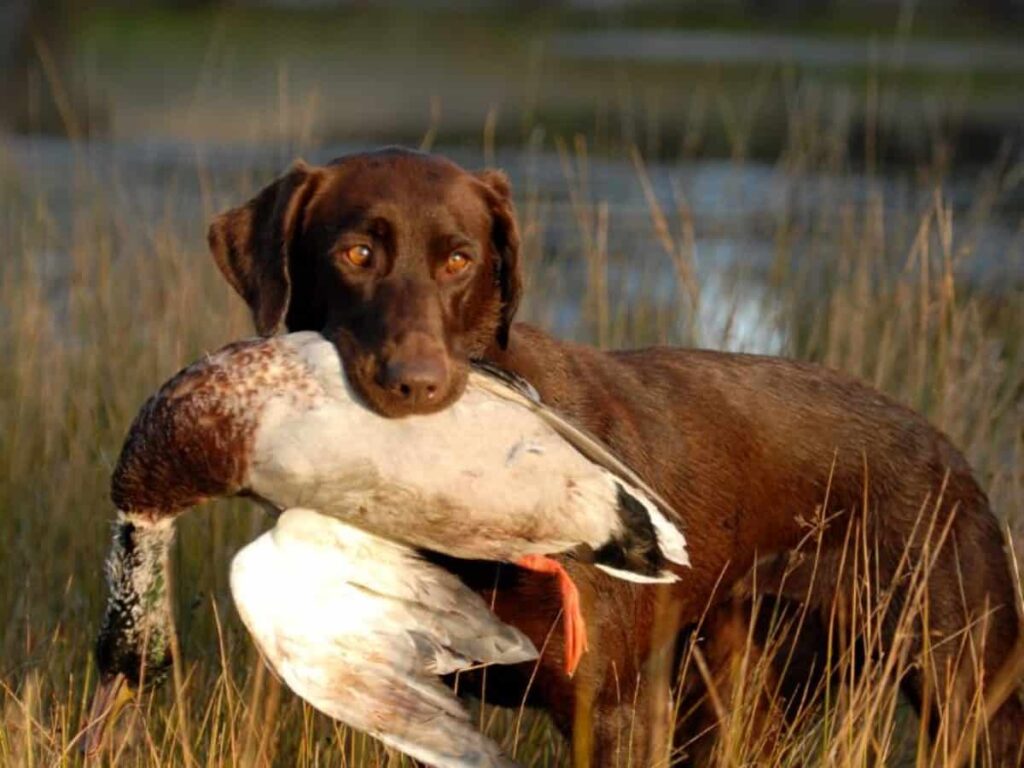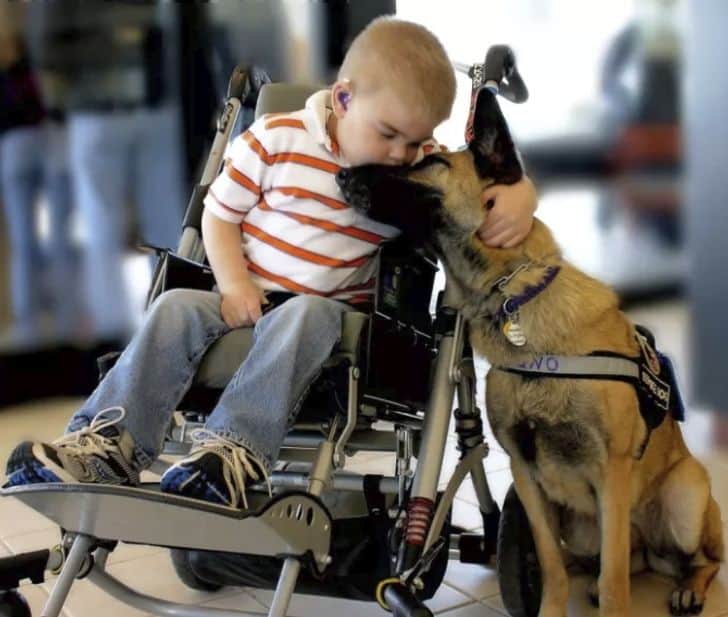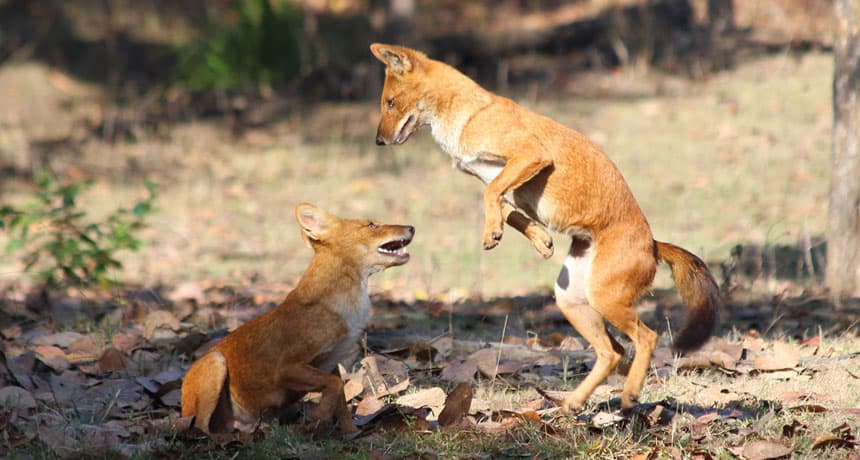SUMMARY
- Dogs evolved from a variety of wild canine species (like wolves, coyotes, etc.) that had primal hunting instincts.
- This means that predatory impluses in dogs is innate and instinctive with the actual level of predatory instinct depending on the need and the specific breed of dog.
- Well, domestication has tampered with predatory instincts a bit—that’s why some dogs are expert chasers but don’t bite, hold, and kill prey compared to others.
- But the instincts come naturally and cannot go away completely.
- If anything, a past BBC post established that feral dogs are a major threat to wildlife, which shows that the predatory instincts of dogs is still alive.
- The good news is that modern-day dogs have been trained not to act on these predatory instincts.
- So, we cannot categorize domestic dogs as predators per se (at least compared to their wild counterparts) but there is some level of predatory impulses that are innate in all dogs, especially if we narrow down to pack behaviors.
When you look at your gorgeous, innocent canine buddy, it’s hard to imagine that he could hurt any living thing.
Surely, canines have been domesticated for millennia. There’s no way they still have their predator instincts.
Food is in plenty now. They don’t have to go out there and hunt.
With electric fences and brick houses, their protection is secure. Why would they still want to act as predators?
Well, before you think the best of your doggie, read this guide to the end. We will tell you whether your pet is placed in the predator category or not.
A Quick Trip to History Lane

The whole theory of where dogs and other canines originated from is still unclear.
According to the famous Charles Darwin’s “The Origin of Species”, our canine friends evolved from a variety of wild canine species.
This recent theory claims that doggies evolved particularly from the grey wolf about 100,000 years ago.
Regardless of the theory, we can agree to the fact that our lovable mongrels descended from wild canines.
Over time, the genetic divergence from the founding canine members as well as domestication made the canine friends we so much adore.
Wikipedia estimates that domestication happened around 15,000 years ago.
The genetic analysis of the remains of the famous Bonn-Oberkassel dog showed that he was buried beside humans approximately 14,200 years ago.
Humans adopted wolves into their lifestyles because they taught them a thing or two about looking for food.
As effective predators, wolves hunted (and still do) in packs. With their incredible scents, they would track down carcasses and prey along with their human friends.
Over time, the wolves got accustomed to living with humans and doing life their way.
Related Post: 17 Facts You Never Knew about Hawaiian Poi Dog
Are Dogs Still Considered Predators?

Dogs are natural and ingrained in our lives but they can survive on their own if it comes down to it.
Despite being domesticated for millennia, they have never forgotten to hunt. Nature made sure of this.
Predation in dogs is innate and instinctive. It is rarely an issue of hunger.
That’s why your beautiful little Yorkie will chase down a rodent and kill it sometimes.
The actual level of predatory instinct depends on the need and the specific dog. Certain breeds such as terriers, hounds, herders, spaniels, and retrievers have very strong prey drives.
On the other hand, French Bulldogs, Great Pyrenees, Papillons, Havanese, and Maltese score low on the predatory scale.
Related Post: 18 Best Bear Hunting Dog Breeds
The predatory instinct mostly emerges when dogs are in a pack. If a group of them led by an Alpha comes across prey, they will not hesitate to hunt it down and kill it. They will proceed to share the meal and walk away as if nothing happened.
This can also happen in individual doggies. You have probably witnessed this already.
When your pup is outdoors and comes across a snake or cat, he will react to it. If he’s off-leash, he will scare the poor thing or actually make a meal out of it if he feels like it.
If you live in the countryside where stray and feral dogs are more common, you know the predatory side of canines.
Heck, it is a daily occurrence over there. With no one to provide a meal for them, stray dogs will scavenge birds, squirrels, cats, sheep, goats, and even cows. Pack behavior takes over them and they can put livestock and small prey at risk.
Before making a kill, a group of dogs would gather to chase down prey. Their intelligence tells them to choose smaller, much older, or injured animals.
When they catch up, they would grab its abdomen or jugular vein resulting in a quick and guaranteed kill.
The dogs would then feed on the dead animal in turns and sometimes bring some of the remains back home.
Domestication has tampered with the chase-catch-kill sequence a bit. Some dogs such as Australian shepherds and the Border Collie are experts chasers but they don’t bite, hold, and kill as other breeds such as terriers.
Dogs Are a Threat to Wildlife

To help you understand a dog’s predatory instinct, check out this article by the BBC back in 2019 about dogs becoming a major threat to wildlife.
At the time, the news outlet sounded an alarm on doggies wreaking havoc to reptiles, birds, and amphibians in different parts of the world including Asia, South and Central America, and the Caribbean parts of Oceania.
Some of the targeted species were said to be endangered and vulnerable. Besides literally killing wildlife, these dogs also disturb the ecosystem, compete with wildlife for prey, transmit diseases to them, and interbred with those that are closely related.
Granted, feral and free-roaming dogs are to blame for this but it shows that the predator instinct of dogs is still alive.
In a world where more than 200 million dogs are strays, the danger of dogs on wildlife is not to be ignored.
The United States alone receives about 3.3 million dogs in its shelters every year. God knows how many more dogs are out there killing and injuring other animals.
Which Animals Are At Risk?
Domestic dogs often hunt things like bunny nests, birds, squirrels, guinea pigs, and rabbits.
They may kill or injure and play with these animals just for fun. Others hate cats and view them as prey.
If you have such a dog at home, it may be best to keep cats away from your home.
Behavioral training can curb the problem but it may not deal with it completely.
When in packs, dogs can bring down large prey. These include cows, sheep, goats, antelopes, and gazelles.
Those that live in areas with stray dogs are at risk more. You’d have to create strong fences to keep your animals safe from dog attacks.
Related Post: 10 Guard Dogs That Are Good with Cats
Are Children Prey?

While dogs tend to gravitate towards killing animals, they can also kill young children.
To the canine world, anything that moves and is small enough to be killed qualifies as prey.
Kids under five years enjoy running. They also speak and scream in high-pitched sounds.
Infants wrapped in blankets may appear as wounded prey. As a result, they can become targets of dog predatory instincts.
We have read countless horrible reports of dogs attacking young kids and infants. Often, these kids would be home alone with the dog. As they move or cry, the dog would pounce on them and bite their legs, arms, and legs.
Are Dogs Predators or Prey: Parting Thoughts
So, is a dog a predator?
Well, dogs have come from far. There was a time when they hunted other animals for food.
That was a very long time ago. You’d think that domestication has dealt with the habit completely but clearly, it hasn’t.
So, while we cannot categorize domestic dogs as predators per se (at least compared to their wild counterparts), there is some level of predatory impulses that are innate in all dogs, especially if we narrow down to pack behaviors.
As an Amazon Associate, we may receive a small commission from qualifying purchases but at no extra cost to you. Learn more. Amazon and the Amazon logo are trademarks of Amazon.com, Inc, or its affiliates.

